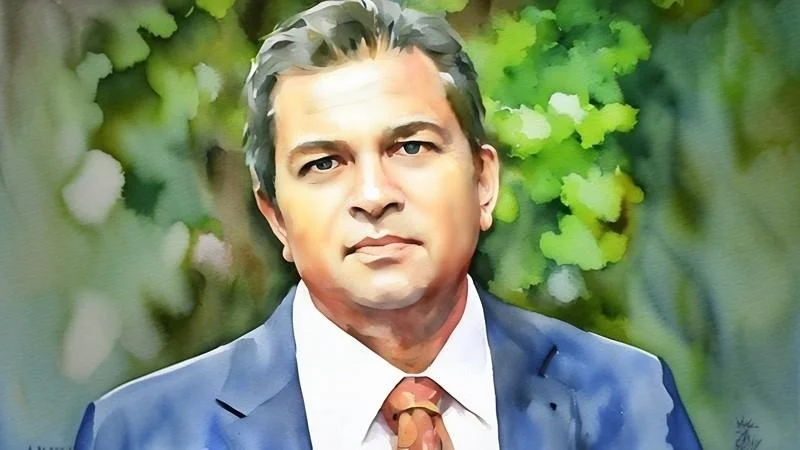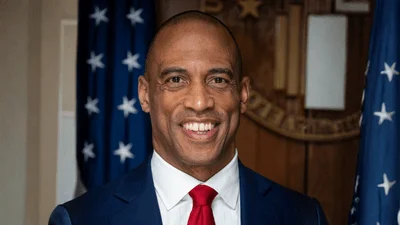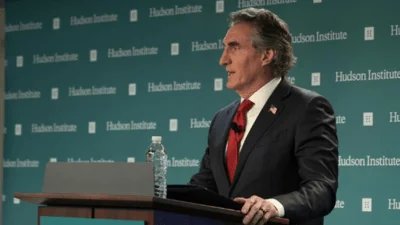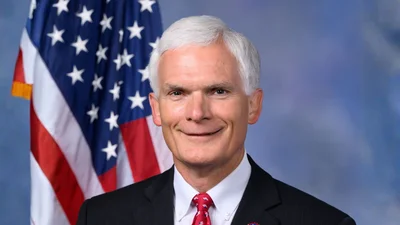Global trade debates have risen over stalled multilateral talks and rising domestic barriers that tilt markets. Governments face pressure to defend local industries while innovators push for open competition, strong property rights, and clear rules. Shanker Singham, chairman of the Growth Commission and a veteran of trade and competition policy on both sides of the Atlantic, says that anti-competitive distortions—not tariffs alone—drive the greatest harm.
Educated at Oxford with legal degrees in the UK and the US, Singham advises governments and companies on trade and competition strategy. His career spans privatization work in the UK electricity sector, post-Soviet economic reforms, trade liberalization across Latin America, and advisory roles to the USTR and the UK trade secretary during the Brexit era. He has led international trade practices in Miami and Washington, authored more than 100 publications, and now chairs a global panel of economists focused on reigniting growth in the G7 economies.
“Our career arc starts with the transitions in the former Soviet Union and the privatizations in the UK, Central and Eastern Europe, and Latin America in the late 1980s and early 1990s,” he says. “We assume that if we open trade at the border and welcome international organizations, competition inside the border automatically follows… economic democracy follows… political democracy follows. None of that happens.”
“The gatekeepers of the economy become very enriched,” he says. “They lobby for regulatory protection and distortions that prevent new entrants from succeeding and damage consumers.” Public backlash against that dynamic grows through the 1990s and 2000s, he says, culminating in moments like “the Seattle ministerial riots in 1999,” after which “we stopped doing serious multilateral trade barrier reductions.”
He says 30 years have passed without serious multilateral barrier cuts. “We sign FTAs and regional deals that nibble at border barriers, but we make very little progress on anti-competitive market distortions—what Rob Lighthizer calls industrial policy—subsidies and regulations that artificially lower costs for preferred firms or block foreign access.”
Quantifying the damage, he says, changes minds. “People assume the big stuff is tariffs. Our economic modeling suggests the effect of domestic distortions is three to six times the effect of a conventional trade barrier.” He points to empirical work linking regulatory accretion to rising market power. “A machine-learning study identifies that 31 to 37% of market-power increases are attributable to the Federal Register,” he says. “So not cartels or antitrust violations—just going to the regulator to damage competition.”
Regulatory debates often miss the largest cost, according to Singham. “Compliance and divergence costs might be 10 or 15% of the total,” he says. “The other 85% is the anti-competitive harm that blocks market opportunities and new entrants.” That harm affects trading partners as well. “If you are distorting your market, you damage your own economy and you damage foreign producers trying to access it.”
The result is a clash of “operating systems” for the world economy. “One system relies on regulatory competition and mutual recognition,” he says. “We grant equivalence when rules achieve the same safety goals. The other system uses distortions at home, then forces others to copy its rulebook through harmonization as a condition of market access. China does this. The EU does this.”
Policy must pair persuasion with leverage, he says. “Those who benefit from distortions are very powerful. If all you do is ask nicely, you fail. You need a big stick, and you need to quantify the distortion so households see the cost.” His Growth Commission models suggest huge gains from reform. “Improve open trade, domestic competition, and property rights by one point on a seven-point scale, and you lift GDP per capita—4.4% from trade, 11% from competition, 7.6% from property rights,” he says. “A thought experiment from 1990 to 2016 shows trillions left on the table.”
Recent US tariff policy, he says, should be judged by outcomes. “If this is a way to lower anti-competitive distortions around the world and move toward no tariffs, no subsidies, no barriers, then it succeeds,” he says. “If we end up with higher tariffs and no distortion reduction, then it fails.”
According to Singham, property rights anchor the entire framework. “Intellectual property is property,” he says. “It is more fragile than physical property because once it is taken, you cannot put the toothpaste back in the tube. We should protect it even more ferociously.” Wealth creation, in his view, rests on voluntary exchange. “Competition is the most powerful force we have to turn ideas into reality,” he says. “Measure the distortions that block willing buyers and willing sellers, and you show how much wealth gets destroyed.”









